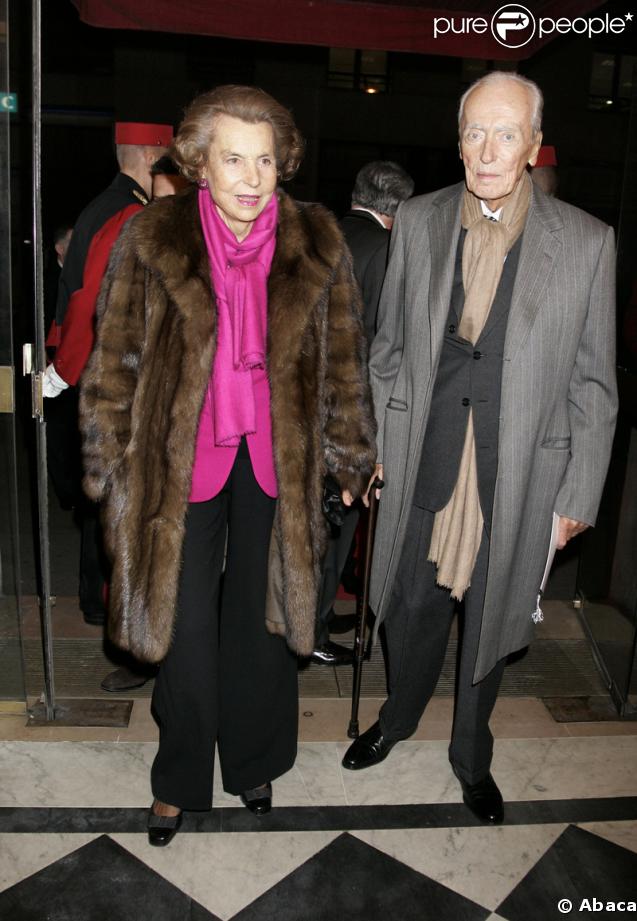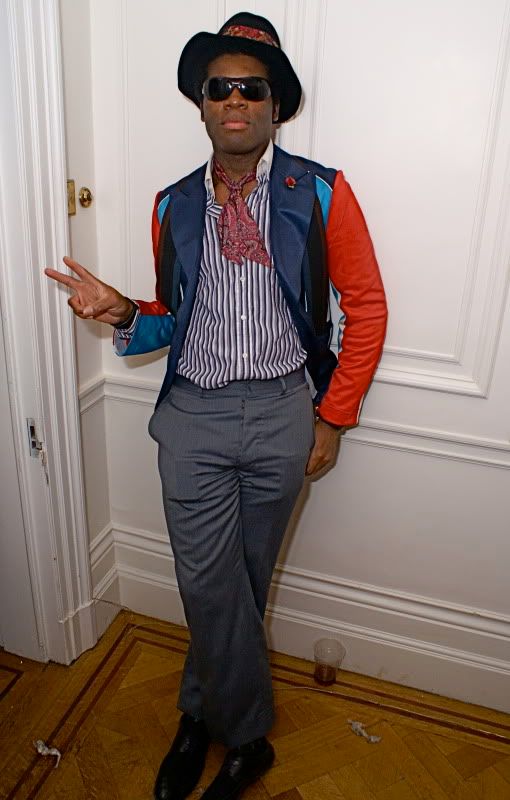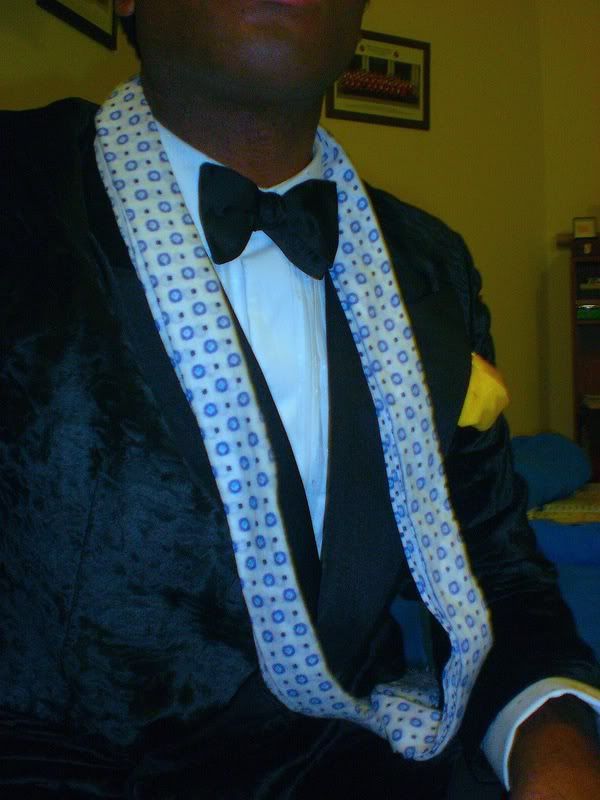Cally Blackman’s 100 Years of Menswear was curated with a more general, and pictorial, approach than was taken in other 2009 works such as Nicholas Storey’s History of Men's Fashion and Eric Musgrave’s Sharp Suits. However, it is no lesser for it and its juxtapositions of traditional style with the shifts and challenges of fashion are certainly worth more than the occasional glance. The languid posture of the younger, rockabilly-haired David Bowie on the cover, clad in a pale mustard shawl collared suit and a yellow/white horizontal striped towelling shirt – ever straddling boundaries – typifies this approach rather well
It is light on words – though the paragraphs contain the necessary amount of elucidation – and heavy on imagery, which is, of course, the true draw. Unearthing a rich seam of photography from the early days of the 20th century onwards is an accomplishment I hope Blackman is proud of, and her consummate approach is testament to her knowledge and passion. Although she is careful to touch on the major – and by now obvious – style leaders and designers we all know (Astaire, Grant, Eden, Wolfe, Windsor, Saint Laurent, Gatsby/Redford, Jagger, Nutter, Ford, Lauren, Armani), a welcome inclusion of cultural context often pervades. I did wish at times that she would concentrate on some less trodden paths such as the aesthetes of Paris (although her curation of artistic styles in Europe between 1900 - 1939 is characteristically spot-on, at the very least, I feel that I know too little about the French creativity, dandyism and bohemianism of the period) the Suedeheads of the 1970s and the less clichéd side of Edwardian England, but there were, for me, genuine moments of enlightenment such as the Zazous of the 1940s, a nonchalant European counterpart to the Zoot Suiters
The overall effect Blackman seems to aim for is one of clothing through culture and time of place rather than technicality, although the evolution of design and technique is obviously not ignored. Nevertheless, given that her foreword asserts that menswear is in fact as diverse and interesting and more influential than womenswear, the sheer variety of pictures almost flawlessly supports her on each point
In this respect, and that of the changing fashions depicted within, the book champions a concept I'm rather attached to - menswear has far more to offer than we may think today. As the selection of modern day images of celebrities and fashion shoots somewhat ironically displays, we stopped trying, to our disadvantage, no less. It's cultural degeneration portrayed through morphing and dying sartorial codes; the old adage about pictures and words is more than apt, for once
The book is divided into sections by period of time and also by title. Naturally, my favourite section is "Peacock", which starts with the tweaks and experimentations of late 50s Continental tailoring and early 60s Pierre Cardin before flowering into the daring (and drugs) of the Peacock Revolution, the Counter Culture and the continued rise and rise of pop music. Second to this - despite its brevity - the use in "Suit" of a Laurence Fellows-drawn Esquire advert with the advice still intact (and an Anthony Eden-inspired one, no less) made me smile appreciatively. I don't yet have a third, but that will come in time - a strong contender is "Culture Clubber", since 1980s street fashion is rather close to my heart. 1980s hip hoppers and their oversized eyewear are more woven into my dress style than some might think
Though this is not truly a history book - in this respect, we have enough of those - I was reminded why I, in my youth, thought I wanted to be a historian after my first read-through. It was not to lecture about Vietnam or The Battle of Agincourt; it was about learning about what changed and why. Pop culture dissection that so ably combines two of my interests is certainly worth purchasing, and so 100 Years of Menswear may become one of my favourite Christmas presents ever
Even if it was from myself
The overall effect Blackman seems to aim for is one of clothing through culture and time of place rather than technicality, although the evolution of design and technique is obviously not ignored. Nevertheless, given that her foreword asserts that menswear is in fact as diverse and interesting and more influential than womenswear, the sheer variety of pictures almost flawlessly supports her on each point
In this respect, and that of the changing fashions depicted within, the book champions a concept I'm rather attached to - menswear has far more to offer than we may think today. As the selection of modern day images of celebrities and fashion shoots somewhat ironically displays, we stopped trying, to our disadvantage, no less. It's cultural degeneration portrayed through morphing and dying sartorial codes; the old adage about pictures and words is more than apt, for once
The book is divided into sections by period of time and also by title. Naturally, my favourite section is "Peacock", which starts with the tweaks and experimentations of late 50s Continental tailoring and early 60s Pierre Cardin before flowering into the daring (and drugs) of the Peacock Revolution, the Counter Culture and the continued rise and rise of pop music. Second to this - despite its brevity - the use in "Suit" of a Laurence Fellows-drawn Esquire advert with the advice still intact (and an Anthony Eden-inspired one, no less) made me smile appreciatively. I don't yet have a third, but that will come in time - a strong contender is "Culture Clubber", since 1980s street fashion is rather close to my heart. 1980s hip hoppers and their oversized eyewear are more woven into my dress style than some might think
Though this is not truly a history book - in this respect, we have enough of those - I was reminded why I, in my youth, thought I wanted to be a historian after my first read-through. It was not to lecture about Vietnam or The Battle of Agincourt; it was about learning about what changed and why. Pop culture dissection that so ably combines two of my interests is certainly worth purchasing, and so 100 Years of Menswear may become one of my favourite Christmas presents ever
Even if it was from myself

































































